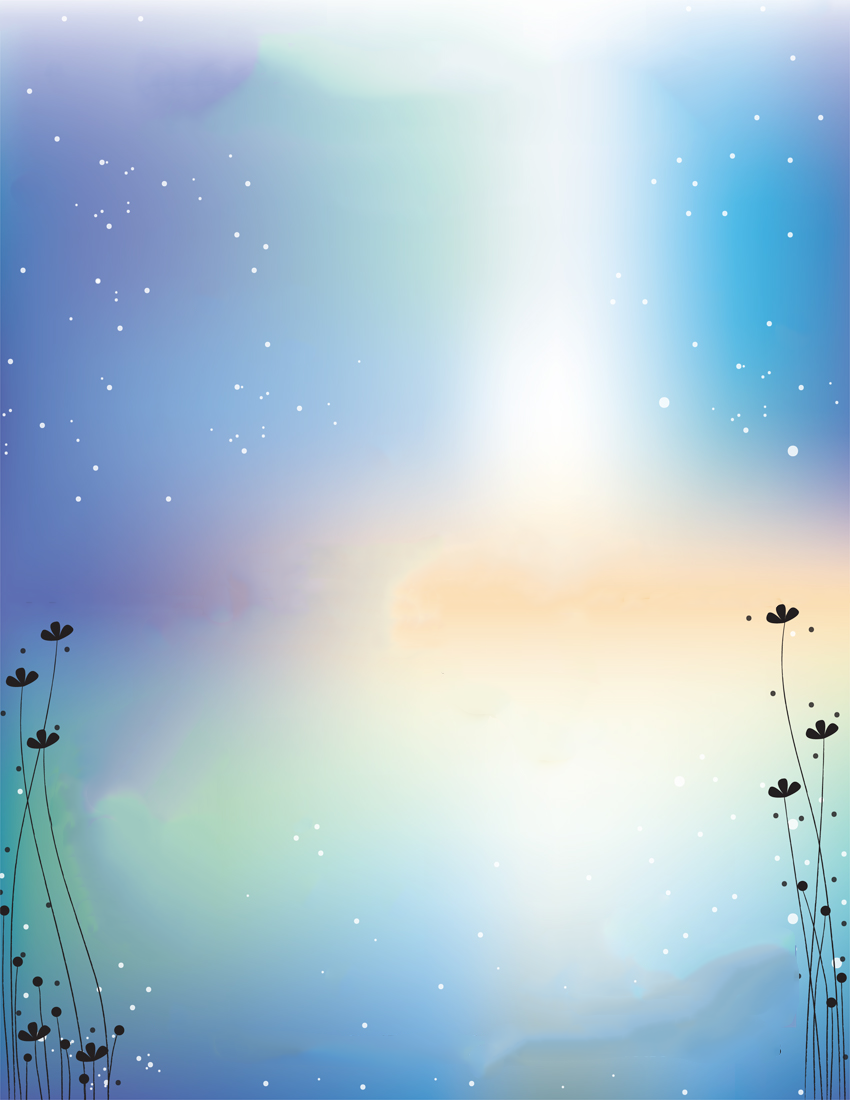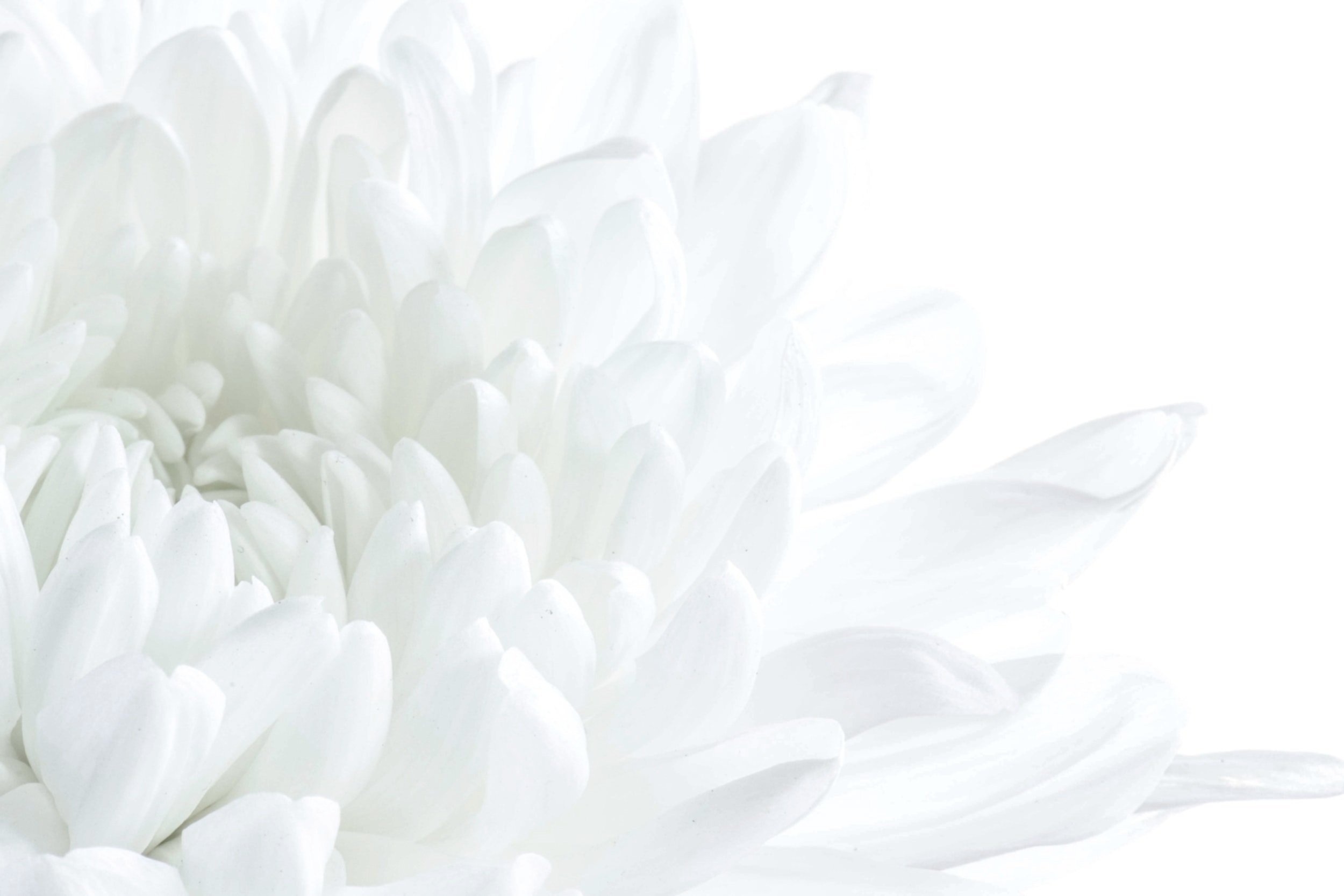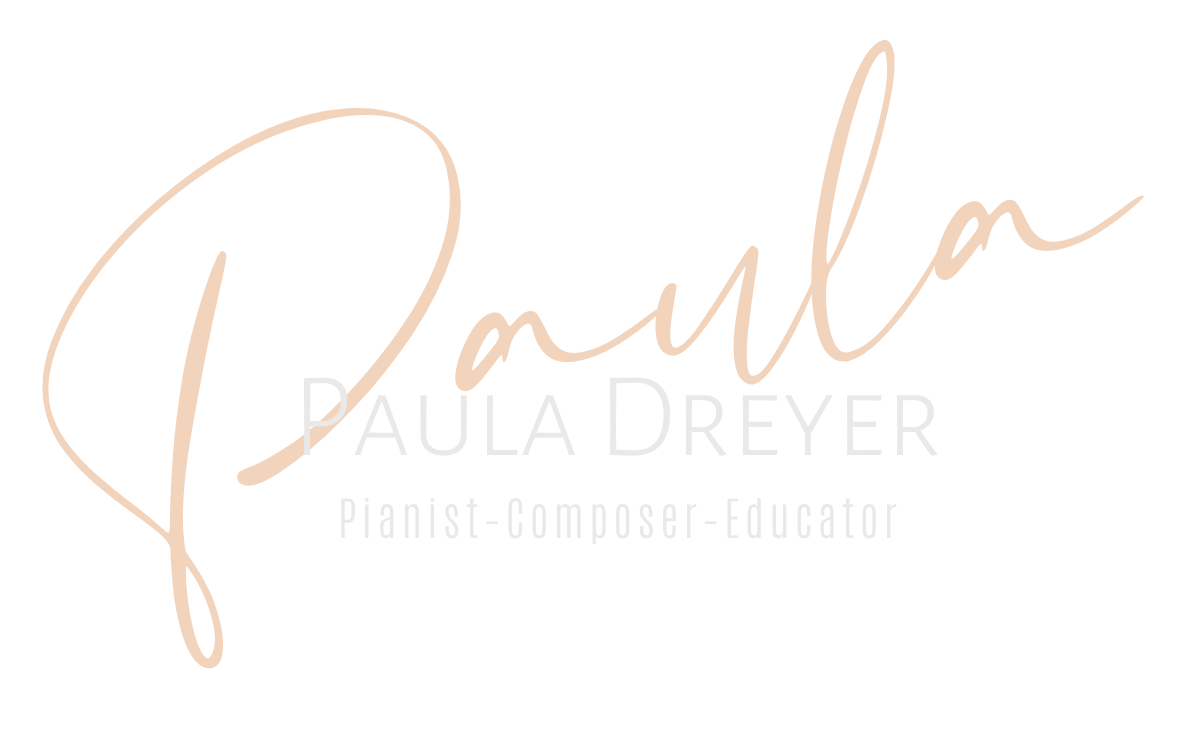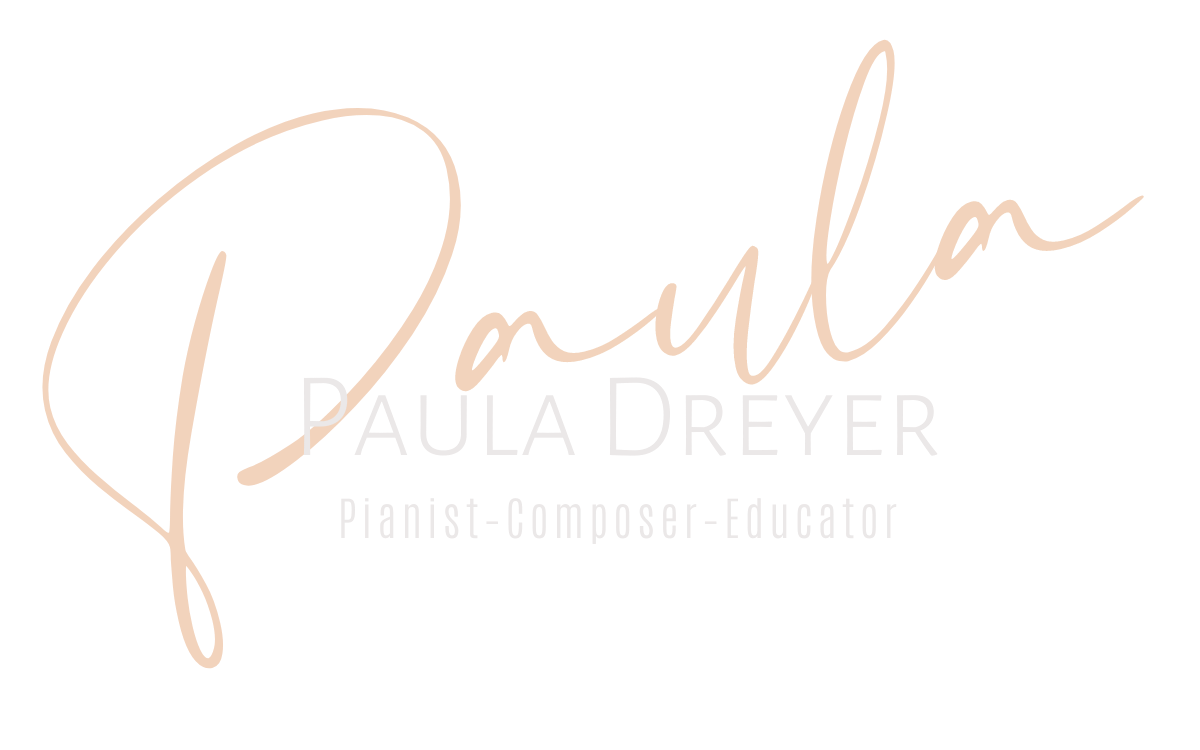
Frequently Asked Questions

What is a rote piece?
It simply means the music can be learned through watching, listening, and imitating.
Rote pieces are easier to play than they are to read, so the sound options are much more sophisticated and appealing. Let’s use the whole range of the piano!
The student can follow along with the music, but does not need to know how to read every note on the page in order to play the music.
The student either learns from a teacher showing them the piece, or from the videos that come with the books, or a combination of the two.
I’m a teacher. How do I teach a rote piece?
It’s simple. Play the whole piece and have the student look and listen. Break it down into parts and have the student play back small sections. When ready, put it all back together again.
If there is something specific you want to teach, such as a technical motion, you can integrate this with the rote piece that focuses on that motion.
The student will have the videos throughout the week if they forget.
Write down any notes in the music to help the student remember at home. The music uses traditional notation.
Each piece should take one to two weeks to learn. Or, take your time and space it out.
Encourage students to listen to the audio files regularly so that the music becomes internalized.
Rote pieces are excellent for recitals, technique (so helpful to be able to get the eyes off of the score sometimes!), sight-reading at higher levels, and creativity through improvisation.
I’m a student. How do I learn a rote piece?
We learn music very naturally by looking and listening.
If you have a teacher, they will guide you and you can use the videos in between lessons.
If you do not have a teacher, you can learn each piece through the videos. Listen many times and press pause to try small sections. When you’re ready, try the whole piece.
I recommend listening regularly to the audio files so the music becomes a part of you.
You can use a combination of looking at the music, writing down helpful information on the music, and listening to the videos.
Will the student still learn how to read music if they use the Little Gems?
Yes! Students learn how to read at a faster pace through rote pieces because they see how the music is visually represented on the score. They are accessing more challenging music earlier on.
Reading should be taught during a separate part of the lesson. The reading pieces will start with a more limited range of notes, rhythms, and key signatures. Eventually, the reading skills will catch up to the playing level of the rote pieces.
Should I choose hard-copy or digital?
Hard-copy is wonderful for each student to have in order to consult the music and make notes on the score.
Many teachers purchase a hard-copy and then require each student to purchase their own copy. Some teachers use the studio license for themselves and all students. Some teachers purchase a Studio License and also have students purchase a hard copy.
Individual students choose either a hard-copy or a one-time digital download.
I tend to prefer hard-copies in my world, but others much prefer digital. There are many options. Choose what works best for your style.
Does the student need a copy of the book?
Yes. It’s important that the student looks at the score throughout the week for reference.
Where do I find the instructional videos?
All videos and audio files are at www.pauladreyer.com/videos-and-audio
Will I have time to fit this music into my piano studies or lessons? I have a lot going on!
Yes. Rote pieces actually speed up the learning process. We can integrate our learning and incorporate technique, theory, expression, and reading skills in one experience. Rote pieces save us time in the long term.
How are the Little Gems different from other piano books out there?
Most piano books focus primarily on reading. This can make the student feel bored or overwhelmed because of the lack of variety in the music. The Little Gems can be learned by demonstration, therefore there is a huge variety in the sounds the student is able to achieve. The music sounds very sophisticated and impressive, even though it is quite easy to learn. All of this creates a very positive learning experience. Students feel musically fulfilled and motivated to continue learning piano for years.
Much care has gone into the sound of each piece, the ease of learning each piece, the artwork, the pedagogy behind each piece, and the overall design of the product. We use specially ordered high-quality cream paper, professional recordings of each piece, and hand drawn illustrations by myself, my husband, and artists. An extreme level of care has gone into making each Little Gems book as impactful and beautiful as possible, in every way.
Should I use the Little Gems by themselves or with other books?
Teachers- You may supplement your current curriculum with the Little Gems in order to provide pedagogical music for technique, recitals, theory concepts, and creativity.
Students without a Teacher- If your main goal is to play beautiful music, the Little Gems is all you need. If you’d like to also learn how to read music, there are many books and online programs out there.
What is the difference between the Primer and the Creative Primer books?
They are similarly leveled for the first year of studies.
Primer 20 pieces including 10 duets. Specific foundational technical sequence (detached, 2 note slurs, 3 notes slurs, staccato, and 5ths). Gorgeous beginner music. Great for recitals and technique.
Creative Primer 26 pieces- one for each letter of the alphabet. Students create their own titles, illustrations, and are encouraged to change the music. Uses very specific rhythm patterns that correspond to Music Learning Theory. Co-authored with Marilyn Lowe. Pieces are longer than in the Primer Level and each one focuses on a rhythm pattern. Does not currently come with videos.
Can you briefly describe each book?
Primer Level 1st year of studies. Gorgeous music using a very specific foundational technical sequence to set the student up for success from the start. Solos and duets. Uses mostly fingers 2,3, and 4 in order to create a reliable, rounded hand shape.
Creative Primer Level 1st year of studies. Use your imagination to come up with titles and illustrations. Does not come with videos. Emphasis on rhythm patterns that correspond to Music Learning Theory. Pieces can be used for improvisation. Co-authored with Marilyn Lowe.
Volume 1 for Beginner Level 1-2 years of studies. 28 beautiful solo pieces. Nothing larger than a 5th. Works well for beginners and those with small hands. Something unique and interesting to learn in every piece. Includes videos.
Volume 2 for Early-Intermediate Level 2-4 years of studies. 28 enchanting solo pattern pieces. By this point, students can read well. Range extends out to an octave. Music is very patterned which makes it appealing and easy to learn. Includes videos.
Central Star 4+ years of studies. Late intermediate to advanced level. Transcription of my solo piano album that was nominated for album of the year on solopiano.com. Excellent for students ages 12 and older. Contains the same style of simply impressive music. Great for recitals and motivation.
Should I order one book or the whole set?
If you buy the bundle, you will save quite a bit.
Teachers If you have students at every level, I recommend buying the complete set of five different books. You will find many uses for the books (recitals, technique, theory, sight-reading, improvisation, creativity, etc.)
Remember- you can buy hard-copy books in bundles of 5 for each level. This offers significant savings for your studio.
Students without a Teacher This depends how far you want to go with piano. If you just want to try it out, I recommend starting with the Primer Level or Volume 1 for Beginners. If you think you want to stick with it for awhile, I recommend buying the bundle with Primer, Volume 1, and Volume 2.
I’m curious… Why did you create the Little Gems books?
Thanks for asking! I was teaching an adult student in 2003, and we were trying to choose a recital piece. He didn’t like any of his pieces. I spontaneously created “Retreat” from Volume 1 for Beginners. He loved it and proudly performed it. I felt inspired to create a whole collection of rote pieces. I wanted students and teachers to feel motivated, connected, and engaged with their materials. I got a grant to write the first two books and the rest is history!
I have very fond memories of learning pieces by rote as a child, such as Heart and Soul, Chopsticks and Go Tell Aunt Rhody. I learned these fun rote pieces from neighborhood friends and my Grandma Dreyer.
It brings me so much joy to imagine people around the world, connecting through music, sharing the Little Gems with one another.
My hope is to sprinkle some joy and magic into the lives of piano students while setting them up for a lifelong love of music. Music connects us all…

I hope that answers your questions!
Feel free to reach out with questions or feedback any time through the contact form on this website.


